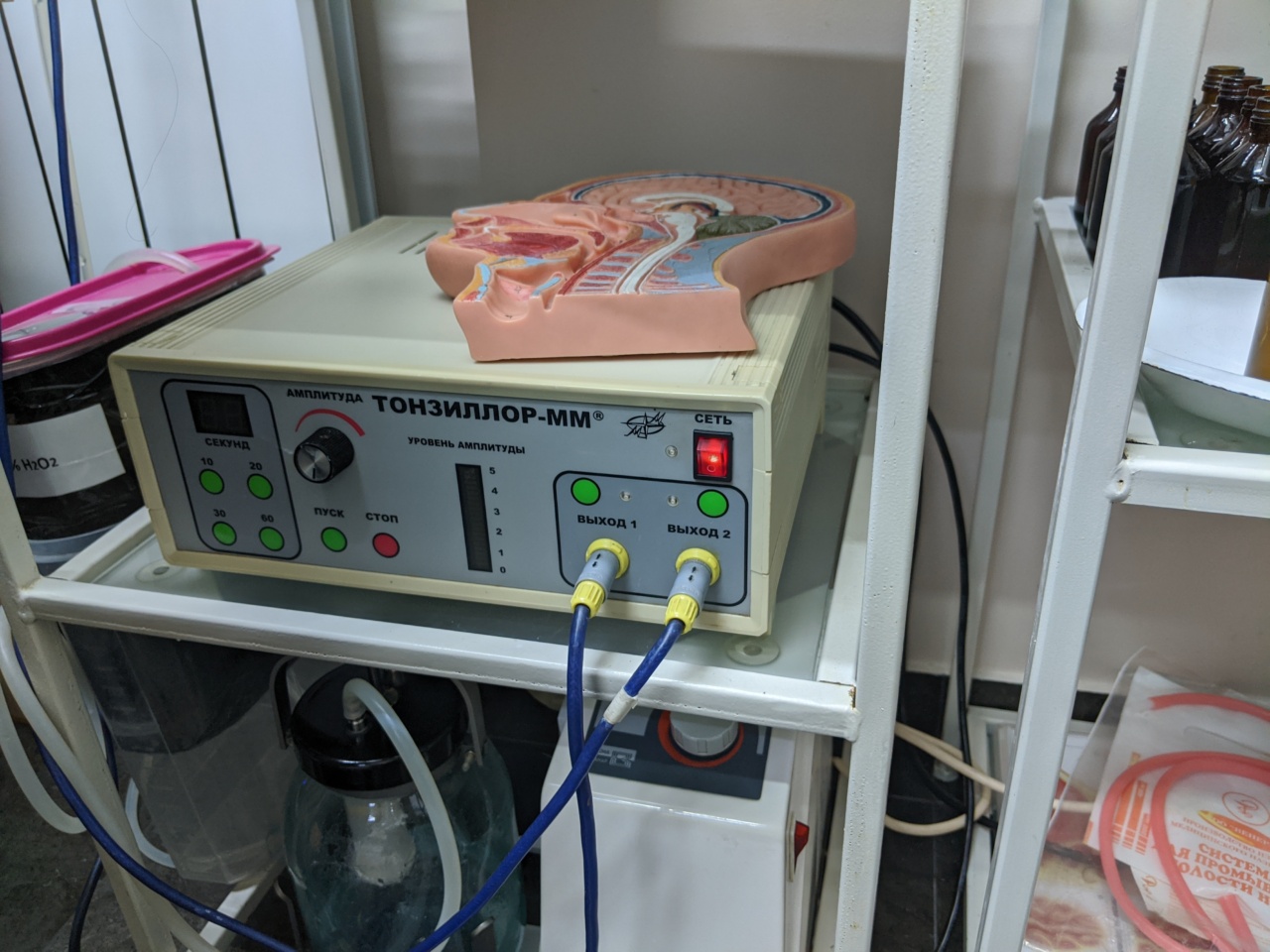Alzheimer’s disease is a degenerative brain disorder that impacts memory, cognition, and behavior. It is the most common form of dementia and affects millions of individuals worldwide.
While the exact cause of Alzheimer’s disease is still unknown, researchers have made significant progress in understanding its progression and identifying early warning signs.
The Importance of Early Detection
Early diagnosis of Alzheimer’s disease is crucial for several reasons. Firstly, it allows individuals and their families to plan for the future, make healthcare decisions, and establish support systems in advance.
Secondly, early intervention strategies can potentially slow down the progression of Alzheimer’s disease, providing individuals with a better quality of life for a longer duration. Lastly, early diagnosis enables researchers to study the disease more comprehensively and develop effective treatments.
The Long Path to Diagnosis
Recent studies have shed light on the fact that indications of Alzheimer’s disease can manifest up to 18 years before an official diagnosis. This finding has significant implications for early detection and intervention.
Understanding the early signs and symptoms of Alzheimer’s disease can potentially help identify individuals at risk and initiate necessary interventions, aiming to postpone or mitigate the disease’s impact.
Mild Cognitive Impairment (MCI)
Mild Cognitive Impairment (MCI) is often considered a precursor to Alzheimer’s disease. It is characterized by noticeable changes in memory, thinking, and cognitive abilities that are beyond what is considered normal aging.
While not everyone with MCI progresses to Alzheimer’s disease, research suggests that individuals with MCI are at a higher risk of developing the condition. Identifying and monitoring individuals with MCI can aid in early detection and intervention.
Genetic Markers and Alzheimer’s Disease
Genetic factors play a significant role in Alzheimer’s disease, and certain gene mutations have been associated with an increased risk of developing the condition. One of the most well-known genetic risk factors is the APOE-e4 gene.
Individuals who inherit a copy of this gene from one or both parents have an increased likelihood of developing Alzheimer’s disease. Genetic testing can help identify individuals with a higher genetic predisposition to the disease.
Changes in Brain Structure and Function
Advanced imaging techniques, such as magnetic resonance imaging (MRI) and positron emission tomography (PET), have provided valuable insights into the changes that occur in the brains of individuals with Alzheimer’s disease.
Research has shown that certain regions of the brain, responsible for memory and cognitive function, exhibit structural and functional alterations years before clinical symptoms become apparent. These changes can serve as early indicators of Alzheimer’s disease and aid in early detection.
Biomarkers and Early Detection
Biomarkers are measurable indicators of normal or pathological processes in the body. In Alzheimer’s disease research, biomarkers help identify individuals with early cognitive decline and track the progression of the disease.
While the most accurate biomarkers are obtained through cerebrospinal fluid analysis or brain imaging, researchers have also made progress in developing less invasive biomarker tests, such as blood tests, to aid in early detection.
Lifestyle Factors and Cognitive Health
Healthy lifestyle choices can significantly impact cognitive health and may help delay or prevent the onset of Alzheimer’s disease.
Research has shown that engaging in regular physical exercise, maintaining a balanced diet, getting adequate sleep, and staying mentally and socially active can contribute to brain health and reduce the risk of cognitive decline. These lifestyle factors, along with appropriate monitoring, can be part of a comprehensive approach to early intervention.
Recognizing Early Warning Signs
While the early signs of Alzheimer’s disease may vary among individuals, common indications can include:.
- Memory loss, especially recent or short-term memory
- Difficulty in problem-solving or planning
- Confusion with time or place
- Trouble completing familiar tasks
- Difficulty with spatial relationships or visual images
- New problems with speaking or writing
- Withdrawal from work or social activities
- Mood and personality changes
- Poor judgment and decision-making
- Loss of initiative and motivation
If individuals or their loved ones notice any of these signs, it is essential to seek medical evaluation to determine the cause and potential interventions.
The Promise of Early Intervention
Advancements in research and understanding of Alzheimer’s disease have highlighted the importance of early intervention.
While there is currently no cure for the disease, early detection allows for the implementation of various strategies to manage symptoms, improve quality of life, and potentially slow down disease progression. These strategies may involve medication, cognitive stimulation, lifestyle modifications, and caregiver support.
Conclusion
Alzheimer’s disease is a complex and devastating condition that affects millions of individuals worldwide.
By recognizing the indications of the disease that can manifest up to 18 years before diagnosis, we can take proactive steps towards early detection and intervention. Through genetic testing, brain imaging, biomarker analysis, and monitoring of cognitive decline, healthcare professionals and individuals at risk can work together to delay the onset or mitigate the impact of Alzheimer’s disease.
Early diagnosis brings hope for a better future, allowing individuals and their families to plan, access appropriate support, and contribute to ongoing research efforts.



























